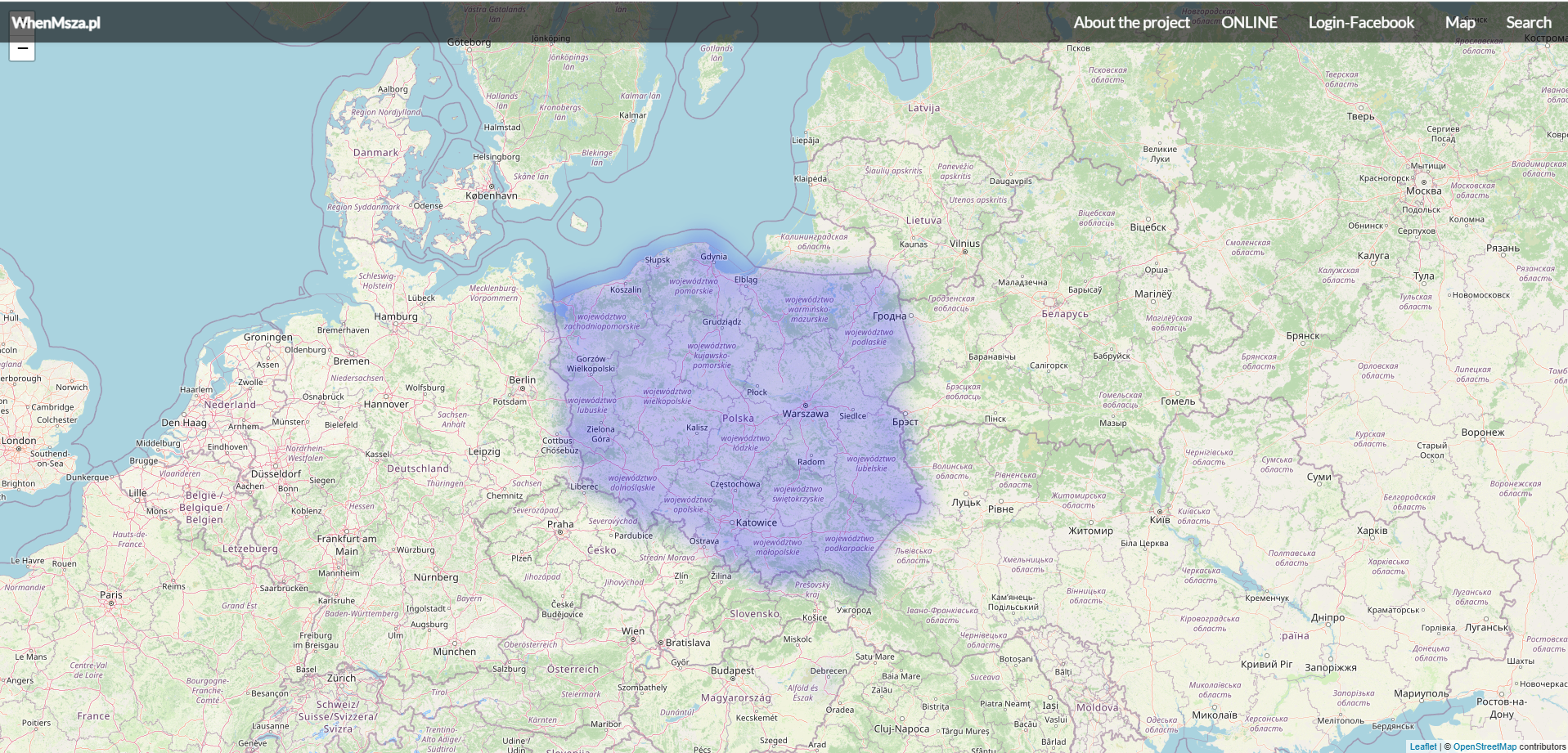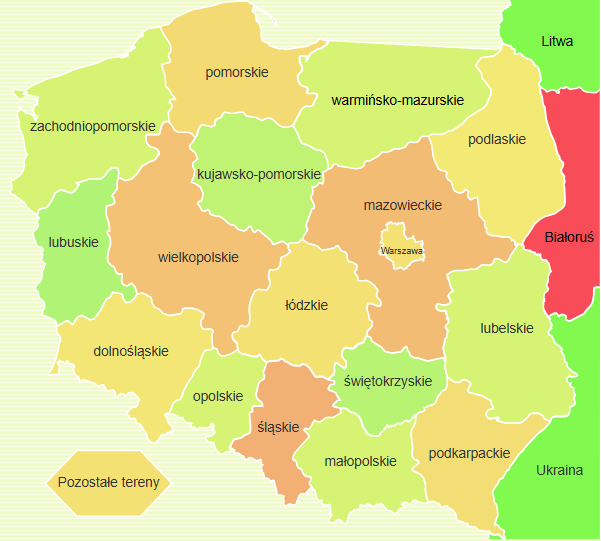STEP ONE FOR POLISH GENEALOGICAL RESEARCH
If you are just starting your Polish Genealogy journey and aren’t sure where to begin-this list is for you!
To find records in Poland, you need to know what village and gmina your family came from. Think of a gmina like a county. Just like the United States, names of villages/towns are repeated all over Poland, the gmina will help pinpoint which village is the correct village. You need to start with the village name, which you can find from U.S. records of your first arriving family. Even if you think you know the village name, still check the records to verify the village and the spelling. More info on that below.
Chain migration is your friend. If you don’t know, chain migration is when one person brings over the next person, and so on, until the entire village now lives in one area in the U.S.
A correct spelling of the last name is important. You may think your spelling is correct, but that is not always the case. Also, some Polish last names change for gender. These are names ending in -ski, -cki, and -dzki. For a man, they will end in “i” but for a woman they will end in “a.” In Poland, the name will always be changed for gender, but in the U.S., the woman’s name may or may not change. Also, don’t worry if the spelling of the last name is different from record to record in the U.S., there was confusion. Eventually, you will be able to sort it out.
Other nations started erasing Poland from the map in 1772 and by 1795 Poland was gone, not to be back until 1918. This is why you may not see the word “Poland” on your first arriver’s records. It might say Austrian, Prussian or Russian, or a hyphenated description like “Russia Poland.”
Polish Genealogical Societies are helpful and provide lots of resources to aid in our research. The Polish Genealogical Society of America has resources for non-members and even more for members. Check them out at www.pgsa.org.
Free sources for U.S. records:
Stevemorse.org (awesome ship arrival records search engine)
Heritage.statueofliberty.org (Ellis Island site)
Free sources for Polish records:
There are tons of free Polish genealogy websites, but you need to be further along with your research for most of them to make sense to you. There is one site, which is created by volunteers, where you should start: geneteka.genealodzy.pl. More on this site below. This site has records arranged by geographic area/parish. Info on how to find your parish below.
Where to Look For The Village Name in U.S. Records
Village names repeat all over Poland, so even if you have a village name, you may need more information to determine the correct village.
Never assume because they settled in a particular area in US, they must be from a certain area in Poland, however, it could be a first place to look.
Where to look for the village name in United States records
Marriage record, church and civil
Great source since the actual person is giving the information
Church records may have more and better information than civil records -Married in a Polish Church-best chance of good information and correct spelling
Naturalization papers
Great source since the actual person is giving the information
Might be misspellings
Might have bonus info on spouse, children, ship arrival information
Ship manifests
Tricky to use-you need to know where they went in the USA or the contact person or you might end up the wrong person
Bad spelling/information/horrible handwriting
Stevemorse.org is a really good source for looking for ship manifests
Records of last resort
Military records, such as draft registration-only men, vague information. -Early census records
Death records-only as good as the informant
Church baptismal records for children born in USA
Horizontal research
Research other family members, (best are siblings of your first here person), using the above methods. Their records may have a village, it might not be the correct village since people did move around in Poland, but usually not far, so your village is probably in the vicinity of the horizonal village you find.
What about that gmina thing?
The easiest way to at least start to figure out the gmina is to google the village name and go to the Wikipedia entry. Usually, it will tell you the gmina and wojewodztwo. There will probably
be several villages with the same name, just look up and note the gmina and wojewodztwo for each one. The map on the first webpage of Geneteka has the wojewodztwo’s on it. From here, it gets complicated. If you can find a U.S. record (like ship arrival) that mentions one of the partition names, that will help you figure out which part of Poland they came from. The following Wikipedia map will help you with the partition areas. Paritions of Poland Wiki Page
What about the parish?
Not the easiest thing to do. You can try google search for parafia plus the name of the gmina. Another method is the interactive map (below), find your gmina name and the parafia (parish) church symbol will pop up with the name and address. It will be in Polish.
SteveMorse.org
This is a great search engine. You want to use the gold form for Ellis Island arrivals. It also does searches for other arrival ports. When you get the list of search results, you click and it takes you to the Ellis Island site. On the homepage of stevemorse.org, there is a place to sign into Ellis Island, be sure to do that, it makes it easier.
Geneteka
Geneteka includes all of Poland plus the eastern border countries of Lithuania, Belarus and Ukraine. It also includes a category of “Pozostale tereny”-other areas of Polish records. To efficiently use Geneteka, you need to know your Województwo (going forward-abbreviated as Woj.) Knowing your parish will make the search easier. There is also an option to switch to English on the website, by clicking the US/British flag, but that gives you strange translations for the village names and last names, so try to do this without switching to English.
On the main map, you can click on the Woj and there is a drop-down menu of Parishes that are indexed. Note: there may be parishes not indexed or individual years not indexed.
Clicking on the map will bring you to this page where you can search the entire Woj. or click on “parafia” box to select your parish-if known.
If you thought this page was helpful and would like to download an easy to reference PDF version click the button below.



